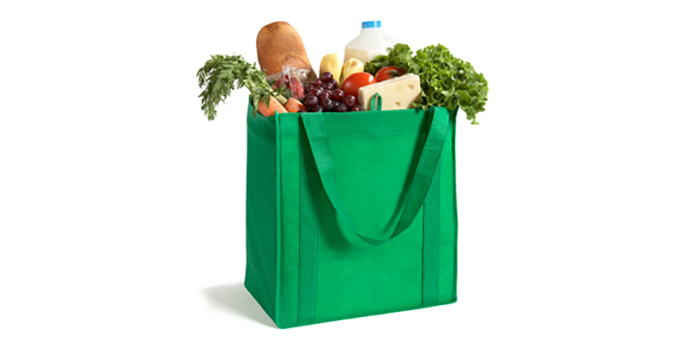 The next time you visit your local grocery store, proceed with caution.
The next time you visit your local grocery store, proceed with caution.
Grocery stores are designed to lure you in to make you buy more food than you need, says Marion Nestle, nutritionist and author of “What to Eat” (North Point Press, 2007). While it may be tempting to fall into this trap, your waistline and wallet won’t thank you.
Food in grocery stores is strategically arranged to ensure the shopper covers the most ground possible, says Joelle Rabion, health and wellness consultant at Green Gourmet Chicago, a gourmet food delivery service.
Fresh flowers and produce are positioned up front near the entrance to create a pleasant setting that draws you into the store. Baked goods are just beyond the flowers to further stimulate your senses. Staples such as milk and eggs are typically located in the back of the store, which requires the shopper to travel through the aisles to get to these products.
“The more products you see, the more you buy,” Nestle says.
Rabion adds that most people enter the center aisles and proceed methodically from one to the next; covering the whole store to be sure no items are overlooked. Companies pay for these products to be placed in the center aisles at eye-level where people are drawn to buy them.
“Food in the center aisles is high in calories, nutritionally depleted and highly profitable,” Nestle says.
So how do you avoid these grocery store traps?
1. Shop the perimeter. Nestle suggests staying on the outside edge of the store where fresh fruits, vegetables and hormone and antibiotic-free meats are located.
2. Bring a list. Local health coach Fern Bogot recommends creating a shopping list based on store sales fliers and a menu of meals for the upcoming week.
3. Read the labels. Nestle encourages shoppers to avoid buying foods with more than five ingredients and ingredients you cannot pronounce. These products tend to be highly processed.
4. Think locally. Bogot also recommends shopping at your area farmer’s market. Several markets offer a variety of fresh fruits, vegetables and home-made goods from local vendors.
5. Order groceries and avoid temptation. When farmers’ market season winds down, there are online vendors that will deliver organic food to your doorstep, like: Green Gourmet Chicago, Door-to-Door Organics and Peapod.

